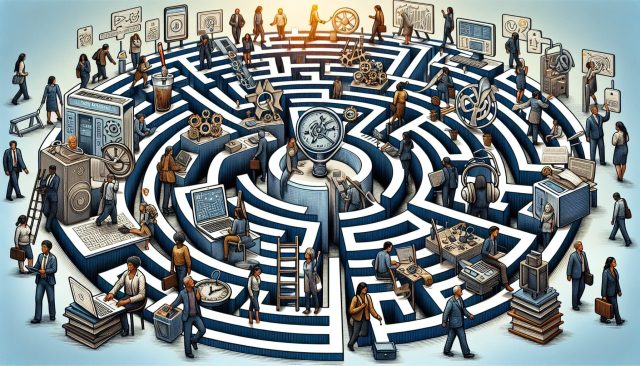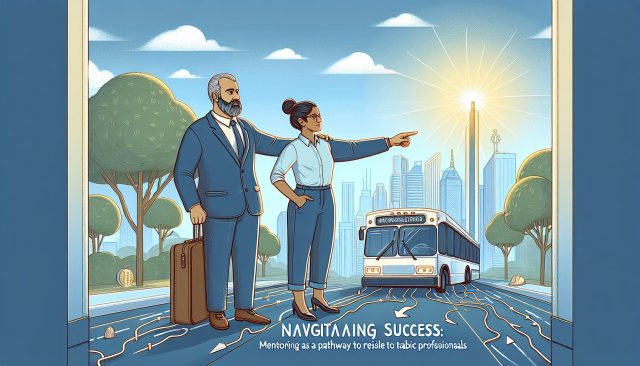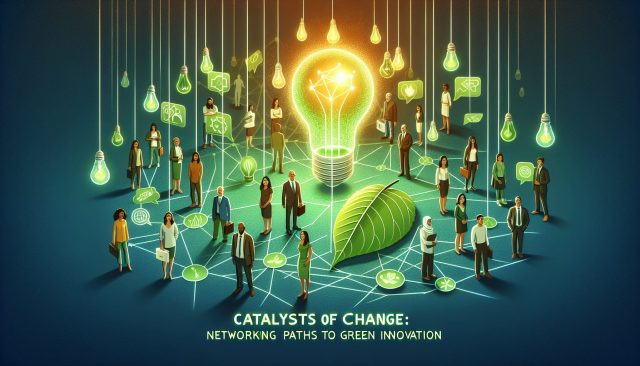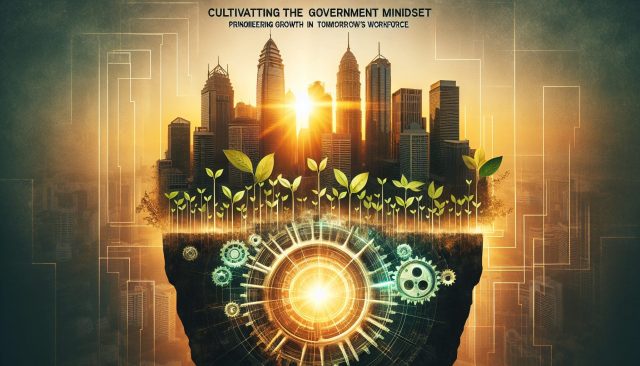The Gig Economy: Navigating the Labyrinth of Flexibility and Stability in Research
<html><body><h1>The Gig Economy: Navigating the Labyrinth of Flexibility and Stability in Research</h1><p>In recent years, the gig economy has emerged as a transformative force reshaping the landscape of work across various sectors, and research is no exception. Although the concept of gig work evokes images of ride-share drivers or freelance writers, it has subtly permeated the realm of research, influencing how professionals engage with their work.</p><p><strong>Exploring the Gig Economy</strong></p><p>At its essence, the gig economy is characterized by short-term, flexible, and often freelance work engagements. Unlike traditional full-time roles, gig jobs offer workers the autonomy to choose projects and define their schedules. In research, this translates into opportunities for professionals to collaborate on diverse projects, access global funding, and work with a wide range of institutions without the constraints of a singular academic post.</p><p><strong>The Allure of Flexibility</strong></p><p>The appeal of the gig economy in research is undeniable. With the world becoming increasingly interconnected, researchers are taking advantage of digital platforms to connect with collaborators across the globe. This flexibility allows for a confluence of ideas from diverse geographic and cultural backgrounds, enriching the research process.</p><p>Moreover, the ability to juggle multiple projects enables researchers to diversify their expertise and income sources. This is particularly beneficial in niche fields where funding and opportunities may be limited. The gig economy can also facilitate a healthier work-life integration, offering researchers the opportunity to structure their days according to personal and professional needs.</p><p><strong>The Quest for Stability</strong></p><p>However, with flexibility comes the inevitable challenge of stability. The unpredictability of gig work can result in fluctuating income and the absence of traditional employment benefits such as health insurance, retirement plans, and job security. For research professionals, whose work often relies on long-term projects and consistent funding, this instability can pose significant challenges.</p><p>Additionally, the gig economy may inadvertently prioritize short-term gains over sustained inquiry, leading researchers to pursue projects that ensure immediate remuneration rather than those promising long-term impact. This shift can dilute the depth and quality of research, potentially compromising scientific progress.</p><p><strong>Striking a Balance</strong></p><p>As the gig economy continues to weave itself into the fabric of research, professionals must navigate the delicate balance between flexibility and stability. Institutions can play a pivotal role by providing hybrid models that blend the benefits of gig work with the security of traditional employment. Offering contract-based roles with benefits, or platforms that guarantee minimum income thresholds, can mitigate the risks associated with gig work.</p><p>Furthermore, fostering a collaborative ecosystem that values long-term research objectives alongside innovation can sustain the integrity of scientific inquiry. By supporting policies and platforms that enable seamless collaboration and equitable compensation, the research community can leverage the gig economy to its advantage.</p><p>As research professionals, embracing the gig economy does not necessitate a compromise on quality or security. It calls for a reimagining of how work is structured and valued. By striking a balance between flexibility and stability, the gig economy can transform challenges into opportunities, propelling research into a future that is as dynamic as it is promising.</p></body></html>































